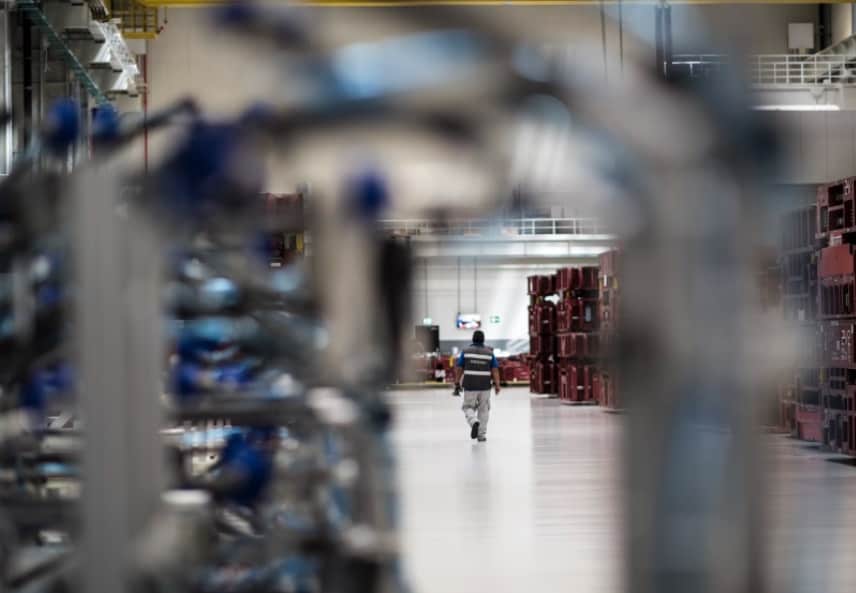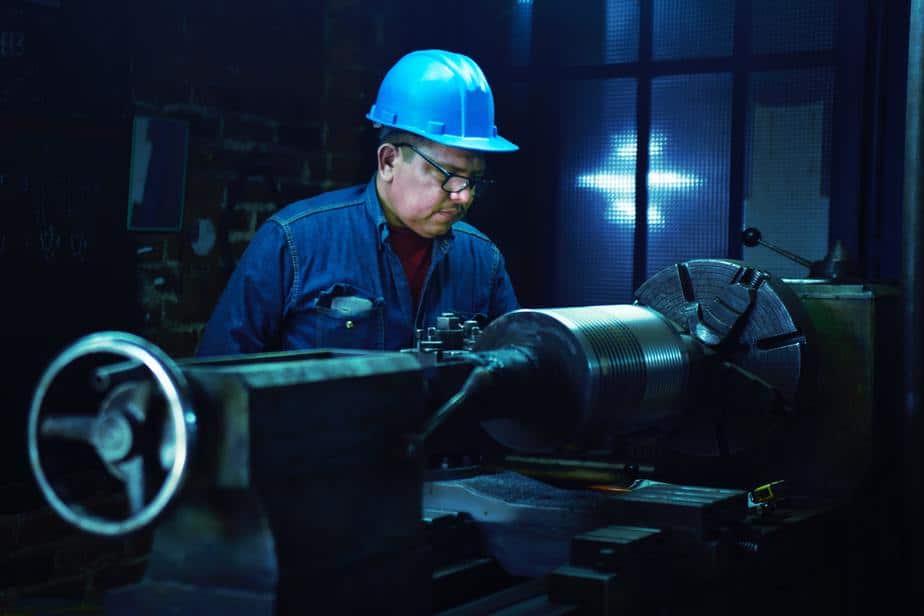How To Effectively Report On Machinery, Health And Safety Risks
Insights From A Director’s Perspective
What is a machine health and safety risk?
A risk is made up of two components. The consequence, or the harm that may be realized from a hazard, and the likelihood of occurrence.
It could be safety, such as amputation. Or it could be health, including occupational health issues in the context of the risks that arise out of machinery.
What is a risk reporting system?
A risk reporting system is a way to identify hazards, determine who might be harmed and how and establish how much risk there is associated with that hazard. It also defines what actions need to be in place to keep that risk at an acceptable level.

Image credit: Unsplash
What separates a great reporting system from a bad one?
A great reporting system should be proactive, not reactive. It should be accessible and so those that operate the machinery can report hazards and risks just as easily as the director. It should be responsive and it should communicate to people alerting them to the risks as well as any actions that they, or others need to take.
- Proactive
- Accessible
- Responsive
How can adequate training support the development of a risk reporting system?
For a risk reporting system there will be some internal hygiene that organisations need to have in place which is simply:
- how you raise hazards and risks
- how you record them
- key responsibilities
But more importantly a key thing from a training perspective for machinery operators is:
- what is a hazard?
- what is a risk?
- what does good, or safe machinery look like?
- when have things changed?
- what should you be reporting?
In the context of machinery, it’s really important that people understand what the hazards and the risks might be, so that they’re in a position to report effectively.
What can employees do to ensure they protect themselves and their colleagues through diligent reporting?
They need to make themselves aware of what the process is for raising risks, and how to do so. Understanding what the key risks are for machinery they interact with, including:
- what is an acceptable standard,
- what is not,
- or even if you’re unsure that there are risks that they should discuss.
And what can employees do if their employer is not managing reported risks or incidents appropriately?
Employees should continue to report risks as they identify them through the normal channels and processes . In addition to this, the risks can be reported through safety representatives and H&S Committees where some management representatives will be responsible for managing and addressing such issues. If risks are not being addressed efforts to establish the root cause of these failures should be explored and addressed. Both employers and employees can work together e.g. through the H&S Committee to identify and address these issues. But – should there be ongoing issues with managing reported risks there are other options that should be considered as a final resort for instance Worksafe can be approached and hazardous work can be refused under certain conditions.

How does MinRisk support reporting on risks generally?
MinRisk puts risk assessments in the hands of those closest to risks through mobile devices. It’s not just spreadsheets, it’s not just photos. The risk assessments are presented in a way that they can be easily reviewed – not long, expansive spreadsheets.
This allows personnel to actually understand what is the state of the machine in real-time, including:
- what it should look like,
- does it look different?
- if it does look different, why … and does it introduce any risks?
MinRisk puts information in the hands of those exposed to the risks.

